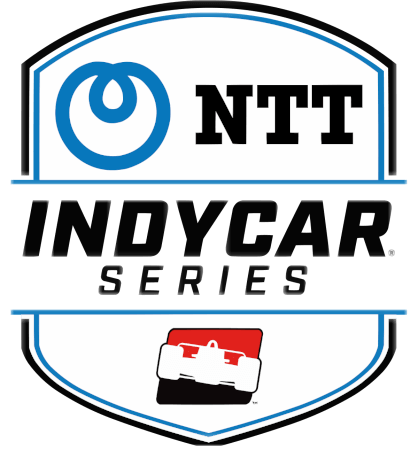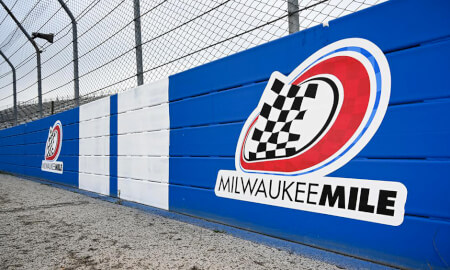February 3rd 2023
IndyCar making progress with updated head surround
The NTT IndyCar Series and Dallara, its official chassis supplier, are using the Spring Training test at the Thermal Club to make progress on a significant update to its cockpit head surround.
Following a few hard oval crashes last year where the driver’s helmet came close to climbing over the sides of the headrest, the spec safety device, which features stacked layers of CONFOR urethane foam and Expanded Polypropylene Foam (EPP) that decelerate a driver’s head and helmet in an impact, was highlighted as an item that would benefit from a new round of development.
IndyCar’s technical team headed by Tino Belli and Bill Prappas, Dallara, and Dr. Terry Trammel reviewed the in-car footage from the accidents and began modeling revisions that feature taller sides.
With the prototype in hand, the group spent the morning at the Thermal Club having drivers test fit the new design and offer feedback, with the most common input involving a need to lower the forward portions of the foam to improve their vision out of the sides of the cockpit.
So far, nine drivers have tried the prototype and four more were on the list for sampling the unit before the end of the day.
“We’ll reduce the height of the foam at the front by about two-thirds when we’re done,” Dallara’s Dominic Coffey told RACER.
In offtrack impact testing, the taller head surround has passed all of the g-loading and deceleration criteria set forth by IndyCar.
“It’s done exceedingly well in all testing we’ve done so far, and Dr. Trammel has been pleased,” Belli said. “When you do the impact tests, the foam squishes all the way down–even the EPP – and then it comes back. It doesn’t compress and take a set. It compresses and comes back.”
Further refinements will be made in the coming weeks and months, and once IndyCar is satisfied with the results, the taller head surrounds will be mass-produced. The gap between the foam sides and rear of the head surrounds, for example, will be retained as it helps to vent air out the back of the aeroscreen, but a smoother transition is in the works between those components. The Nomex cloth atop the prototype foam and EPP blocks will also be replaced with the familiar rubberized material.
“We are aiming for May to introduce them, and if it can be done earlier, we will,” Belli said. “And once they’re implemented, they’ll be used at every track.”
For more information: www.racer.com











